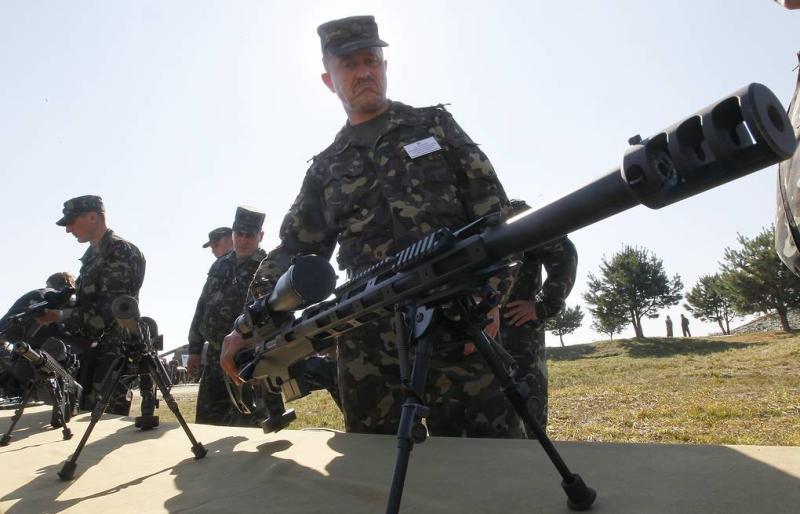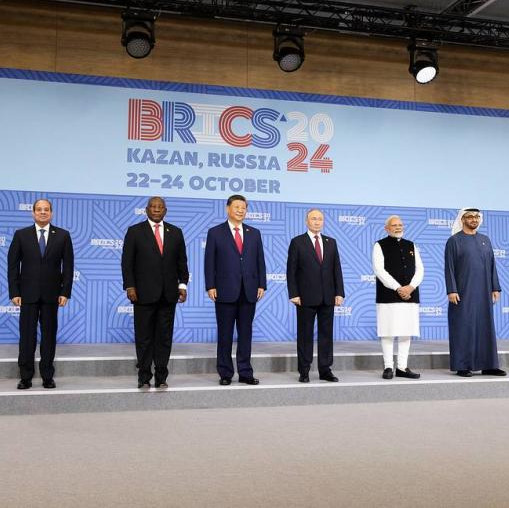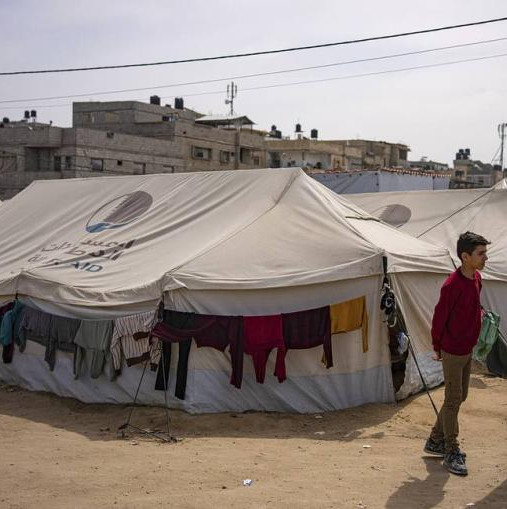
© EPA/SERGEY DOLZHENKO/TASS
Kiev regime’s constant calls on the United States and its allies to increase arms supplies have apparently tired Western officials and military analysts out. As The New York Times notes in its recent article, the frequent and persistent appeals are increasingly ignored in the West and perceived as mere background noise.
If we get onto this piece, the expert community and Western leaders seem to be lacking a clear understanding on how and when official Kiev may turn the tide in its confrontation with the Russian troops and their allies from the DPR and LPR. At the same time, the leadership of Ukraine keeps asserting on and on: "give us more weapons, and we will definitely win."
Statements to this effect amid the real-world setting cause increasing skepticism in the West. Concerned about deteriorating economy in almost all the European countries and in the United States, people cannot understand the need to spend billions on Ukraine instead of addressing their own domestic problems.
Defying the public and pundits, the US-led West keeps pumping various types of weapons, including heavy ones, into Ukraine. US National Security Council’s coordinator for strategic communications John Kirby reported the other day that Washington approved another $270 million in military assistance to Ukraine, including four HIMARS multiple rocket launcher systems (MLRS). The package also includes up to 500 new Phoenix Ghost tactical drones. According to the White House website, President Joe Biden has ordered to provide the Kiev regime with another approved defense spending tranche reaching $175 million.
Moreover, the American administration expects the Congress to allocate more money to Ukraine when it runs out of the previous $40 billion. This came in a statement by National Security Adviser Jake Sullivan when he recently addressed the Aspen Forum. Among other things, he expressed a belief that Russia should come to grips with the futility of its hopes that the United States and major European countries will lose interest in the Ukrainian conflict and throw it overboard.
Just a reminder: Russian officials have repeatedly warned the United States and its NATO allies about dangers posed by an uncontrolled arms supply to Kiev. Moscow has highlighted its general negative effect, including on the possible negotiations.
Another significant aspect is that these weapons end up in the black market, as no one monitors their circulation in the territory of Ukraine. Arms smuggling has been confirmed by American allies in Europe. And the Darknet features lots to sell the Switchblade-300 kamikaze drones, M4 carbines, NLAW anti-tank complexes, Javelin ATGM and Stinger MANPADS supplied by the American side to Ukraine. Small wonder that Chechen leader Ramzan Kadyrov said Ukrainian nationalists either failed to get assistance from the West to the fullest extent or it "mysteriously melted in the pockets of the authorities."
One comforting thing about the entire issue of Western arms supplies to Ukraine is that President Biden is not ready to provide Kiev with MLRS missiles with a range of 300 km, as he seeks to avoid another world war, according to the same Sullivan. Indeed, if this happens, a direct military clash between Russia and NATO is not far off, fraught with the gravest consequences both to the parties involved and all of mankind. After all, Russia and the United States possess 90% of all the world’s nuclear charges.
But even without a possible military clash between Russia and NATO, the supply of long-range weapons to Kiev is dangerous as regards the Ukrainian conflict itself. Foreign Minister Sergei Lavrov has recently warned the West against sending long-range weapons to Ukraine, because otherwise Russia will have to somewhat expand the geographical tasks of its special operation. He was apparently referring to the advance of the Russian Armed Forces and their allies beyond the DPR and LPR borders to the rest of Ukraine, which Kiev and Western countries are so afraid of.
Let's bear in mind that a lot of weapons coming to Ukraine fall into the hands of Russian army or DPR/LPR militias. Some pieces are destroyed in the course of hostilities. For instance, the United States has transferred 12 HIMARS systems and announced the delivery of another four. In response, the Russian Defense Ministry said its military had destroyed four US launchers with precision weaponry. Chances are that the same fate awaits other weapons brought to Ukraine from Western countries.
By the way, the latter are averse to talk about the deaths of their compatriots engaged in the Ukrainian conflict as instructors or mercenaries. As recently as on July 23, America’s Politico reported the death of US, Canadian and Swedish citizens in eastern Ukraine. They were part of the Special Operations Forces, with their unit based outside the DPR’s city of Seversk. The State Department has confirmed the death of two US citizens who fought with Kiev.
Indeed, foreign instructors die less often in the Ukrainian conflict than mercenaries, as they prefer to stay away from the fights or direct contact with Russian troops – they mostly keep to HIMARS-type rocket and artillery launchers. Their safety and life are still endangered if Russia targets the MLRS.
One final comment: official data of the Russian Defense Ministry supposes some seven thousand mercenaries from 63 countries initially came to fight for Ukraine. The largest group including 1,717 personnel arrived from Poland. About one and a half thousand mercenaries came from the USA, Canada and Romania. Some 600 people are Britons and Georgians in equal proportion. Experts are sure that the actual number of foreign mercenaries is a lot bigger, accounting for some 16 thousand. Still, many of them fled Ukraine, were captured or killed. The fate of the rest is unenviable, let have it straight, but it is their choice and it is them who has to be held liable for it. Even at the cost of their own lives…









